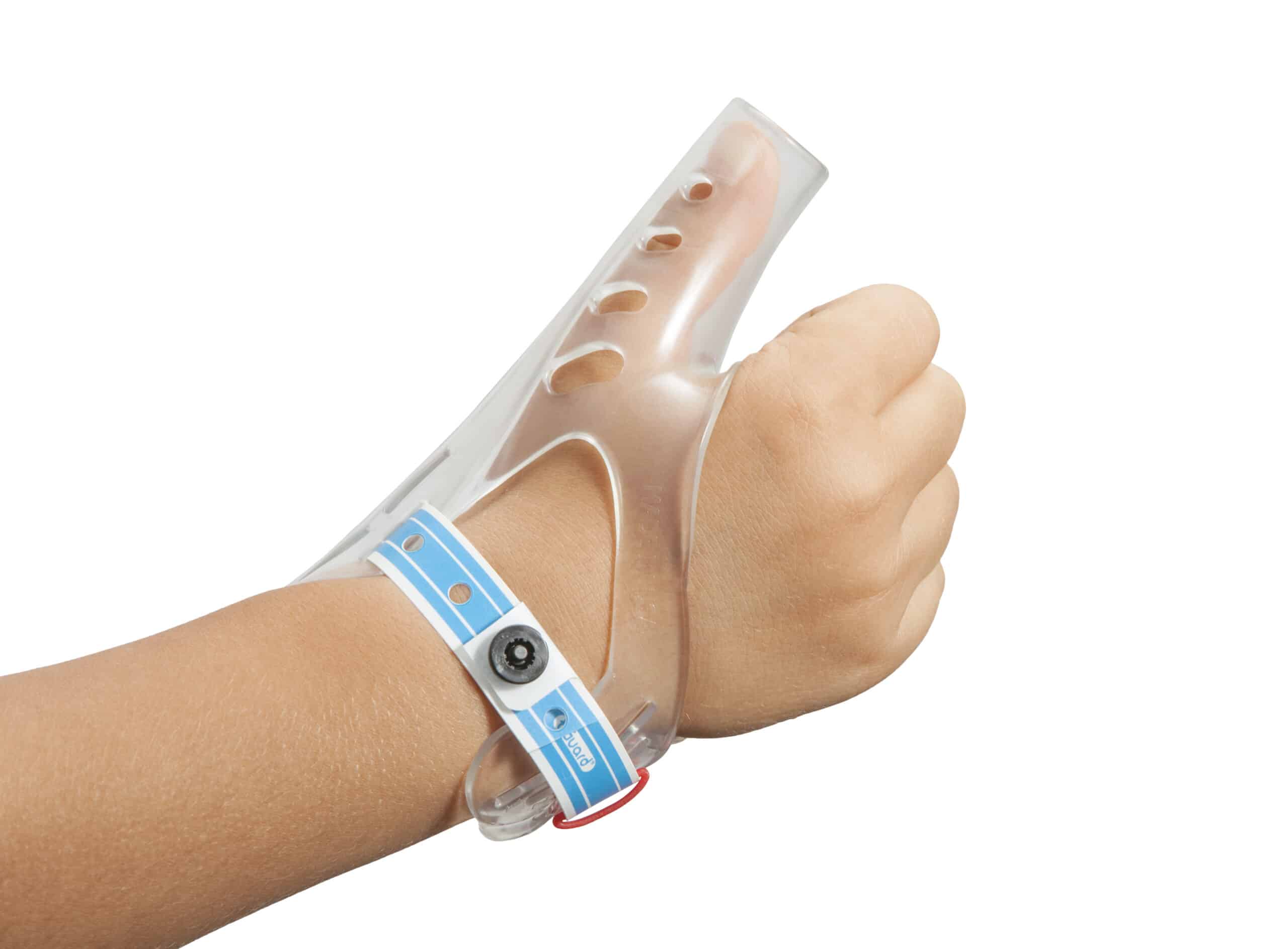The American Academy of Pediatric Dentistry recommends that children end their habit with their finger or thumb by the age of three. Although most children can easily and quickly leave their habits, there are some who continue for a long time.
It is recommended that children stop as early as possible to stop pressure on the roof of the mouth and surrounding teeth. You can purchase tguard thumb via https://www.amazon.co.uk/Age-2-7-Stop-Thumb-Sucking/dp/B00VQU2DZS. It can be a great help for parents who want to restrict the habit of thumb sucking in children.

Image Source: Google
The sooner the habit is stopped, the less likely the oral structural changes will be permanent. If the habit continues after 4-1 / 2 to 5 years, we start worrying about the location of the permanent teeth, which usually develop by the age of 6.
Continued thumb or finger habits can lead to changes to the bite that may require more orthodontic treatment as the child is older than simply making decisions on their own after the habit is over. Here is a list of how thumb or finger sucking can change a child's bite:
Many thumb and finger suckers have upper front teeth that stick out in front of the other teeth, and these can cause serious damage if a facial injury occurs. As parents often warn, a child may "fall into one tooth first" if their front teeth break out of the habit.
An "open bite" with a habit of the thumb and fingers is also common, which occurs when the back teeth are closed, but there is a large gap between the upper and lower front teeth.